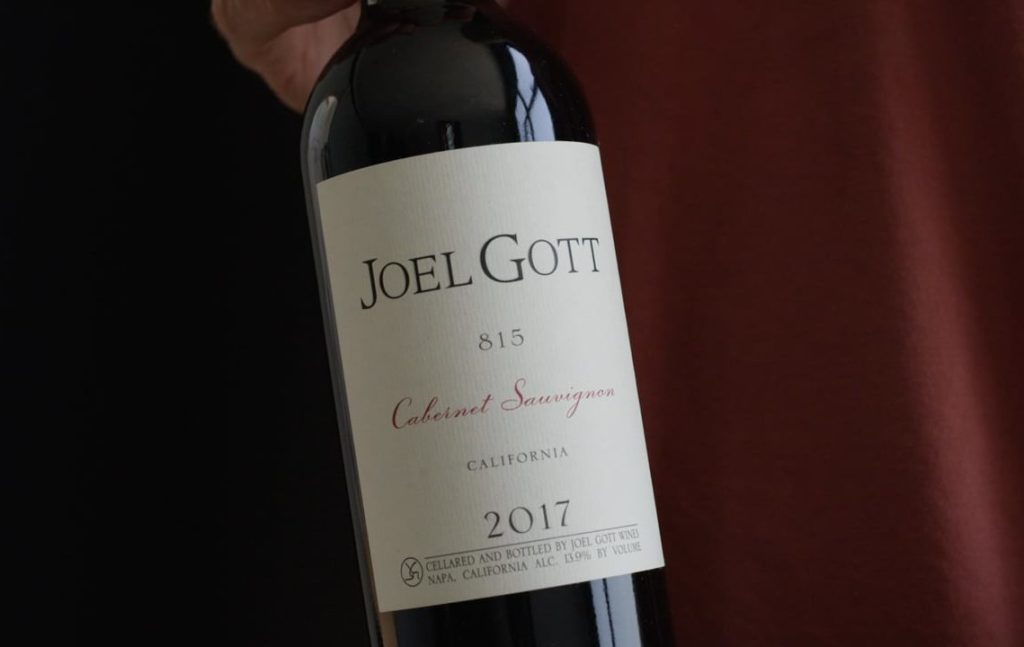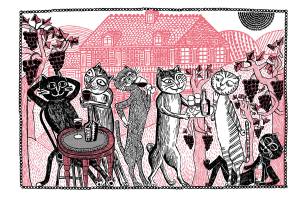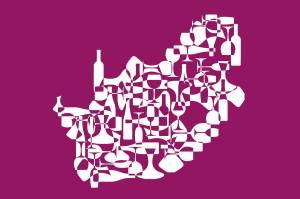Ovid’s little how-to manual, The Art of Love, is full of good advice. Let’s say you are interested in a girl. Take her to the games. Sit close to her. If a speck of dust falls on her lap, ‘flick it off with your fingers. If none falls, flick off — none.’
The Art of Love is full of such useful tips, elegantly expressed. Practical chap that he was, Ovid knew that even so subjective a pursuit as love could be helped along by the mastery and deployment of certain techniques.
Among the many impressed by Ovid’s handbook was the German Renaissance humanist Vincent Obsopoeus. In 1536, he published De Arte Bibendi (The Art of Drinking), an allegro poem deeply inspired by Ovid’s Ars Amatoria. Princeton University Press is just now bringing out a fetching translation (by the Cornell classicist Michael Fontaine) of this worthy vade mecum under the title How to Drink: A Classical Guide to the Art of Imbibing. I recommend it, as much for its hints about drinking ‘sustainably and with discrimination’ as for its wry warnings about excess. I do not think that Obsopoeus would have smiled kindly on the World Health Organization’s recent caution that alcohol is ‘an unhelpful “coping strategy” for coronavirus cabin fever’.
Says who? Obsopoeus was not familiar with the Wuhan virus. But some things are perennial. ‘People are shirking their duty to human life,’ he observes, ‘shutting everyone out and hiding away at home all day and night… It makes them listless and depressed and antisocial. They shun people’s company… Being with no one is the only way my life is happy.’
Sounds just like a CDC bulletin, doesn’t it? Well, like Obsopoeus, you and I both know that’s unsustainable. He has some good advice about whom to shun and whom to befriend when drinking. I have some good advice about some things you might want to drink after you have gathered with one or two appropriate friends.
Last month, I urged upon you the virtues of two excellent but also expensive California Cabernets, Silver Oak Alexander Valley and Jordan. Today, in cognizance of the enforced isolation many of us are enduring, I’d like to recommend an eminently agreeable Cab, also from California, that is a bit friendlier than those giants but also but easier on the pocketbook. I mean the Joel Gott 2017 815 Cabernet Sauvignon.
Gott comes from a long line of winemakers. He started his own operation in 1996 and is known locally perhaps as much for his roadside food stands as for his wines. Making food-friendly wines with plenty of body and sinew-strengthening acidity has always been at the center of his ambition. He makes most of the usual varietals, including Merlot, Chardonnay, Pinot Noir, Pinot Gris, Cabernet Sauvignon, Zinfandel and a blend he calls Alakai Grenache.
The grapes come from Oregon and Washington state as well as from many parts of California. In the east, anyway, his Chardonnay and Cabernet are the best known. The grapes for this lush and fruit-forward 2017 vintage were sourced from half a dozen appellations in Napa, Sonoma, Mendocino, Monterey, Paso Robles and Lodi. The summer of 2017 was unusually hot in California. Like many winemakers, Gott harvested early, at the beginning of September. The lots were aged separately in oak for 18 months and then blended.
The winery’s PR describes the 2017 Cab as ‘elegant’ and ‘balanced’. I think it is balanced, all right, but I find it a bit too approachable and full-figured to merit the adjective ‘elegant’. I’d say it was more boisterous than elegant, and with a high residual sugar and 13.9 percent alcohol it is likely, like Falstaff, to be not only witty in itself but also the cause of wit in others.
This is a rich, dark wine, not cloudy but with an expressive fullness that makes you think you are tasting an orchestra of fruit, not just grapes. The critic who said that ‘chewy tannins keep the texture complex’ was tasting the same wine I was, but he lost me, thank God, when he went on to speak of ‘subtle hints of graphite and soy sauce’.
If I were in voting on this wine at an Oxford college, I’d say ‘Placet’, it pleases. And where last month’s wines will set you back $100 or more per bottle, this amiable companion may be had for about $17. Given the snap quarantines being enacted all over, I’d recommend snagging a case or two.





















